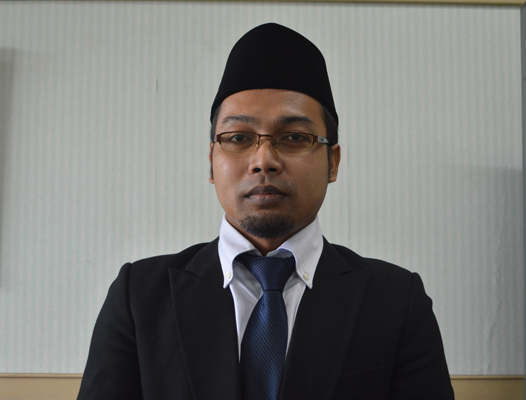
Tourism has a very important role. This sector has big impact on the economy. The latest data of the World Economic Forum 2015 shows that the impact of tourism in economy is 9.5 per cent of total world GDP.
In Indonesia, this new sector affects 3.1 percent of total GDP. Jakarta as the capital city, city business and tourism is seen to have a strategic position as one example of a national tourism destination. Jakarta tourist growth is only 1.2 percent, or lower than the national growth of 2.02 percent and by 6.51 percent of the world.
According to Sadar Pakarti Budi, contribution of Jakarta tourism sector is low due to the inadequate quality of tourism competitiveness in Greater Jakarta. Therefore, it is necessary to develop a model that aims to provide tourism services and products that can compete effectively in the tourism market.
“A model that has more value for tourists and beneficial for the sustainability developement of community in social, economic, cultural and environmental fields,” Sadar Pakarti said at the Auditorium of Faculty of Engineering, Universitas Gadjah Mada, on Friday (29/1) during his open examination of doctoral program.
On that occasion, Sadar defended his dissertation entitled Competitive and Sustainable Tourism Area Development Strategy Model: Jakarta. He explained that in order for the products to meet the needs of consumers, consumer demand needs to be researched in advance and the results are used as input to determine the strategy of how products can be competitive and sustainable. Similarly, in the tourism sector. In order for the region to meet the needs of tourists, these needs to be researched in advance and the result becomes the input for the study of a model of tourism development strategy of the region.
Researching in the Jakarta’s tourist areas of Ancol, the Old Town, Kelapa Gading, National Monument, Pasar Tanah Abang, Senayan City, City Casablanka, Taman Mini Indonesia Indah, Ragunan Zoo and Situ Babakan, Sadar Pakarti shows that attractions, facilities and infrastructure, as well as human resources, affect the quality of the service area of tourism. Meanwhile, service quality affects the region’s image and the image of the region affects the competitiveness of tourism businesses.
“The needs of travelers become input for research on the development of competitive and sustainable tourism development strategy model,” added the lecturer from Industrial Management Polytechnic in the Ministry for Industry sector.
Sadar Pakarti said that this research is based on a theory of the balance of demand and supply of tourism, which is the balance of the continuation of visitors, tourism objects and locals. There is an order of priority of development toward eight aspects that must be considered, namely objects and attractions, access, human resources, regulations, marketing, environmental, institutional and business climate.
To create competitive and sustainable tourist areas required 5 strategies in the order of priority: Improving excellent service quality with a weight of 57.96 percent, improving the quality of human resources with a weight of 12.38 percent and the developing a sustainable tourism with a weight of 11.76 per cent.
“As for increasing stakeholder commitment is weighted 9.92 percent and 7.98 percent in increasing marketing,” Sadar said while accompanied by promoter, Prof. Ir. Wiendu Nuryanti, M.Arch., PhD, and co-promoter, Prof. Ir. Bakti Setiawan, M.A, Ph.D, and Dr. Ir. Budi Prayitno, M. Eng.


